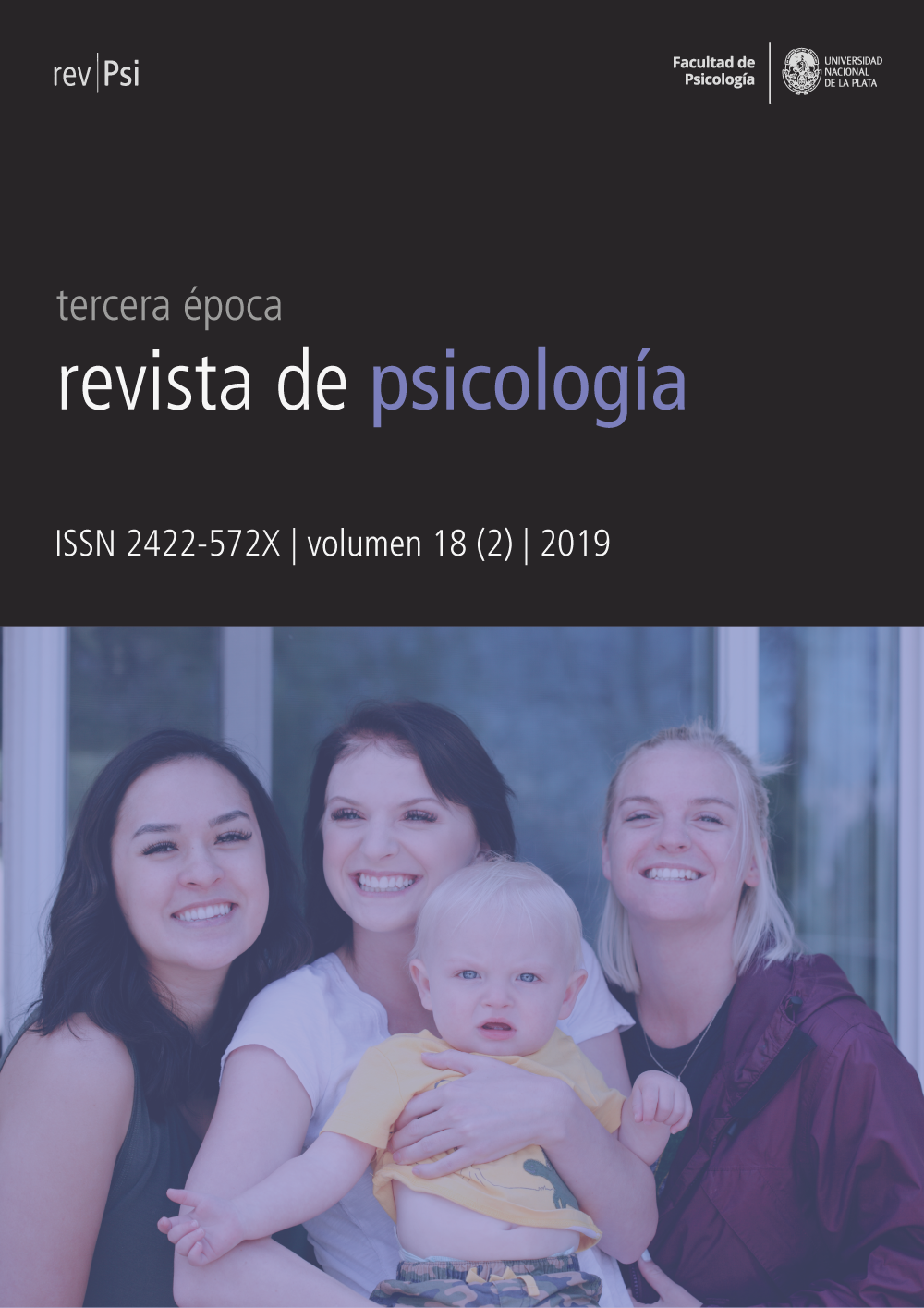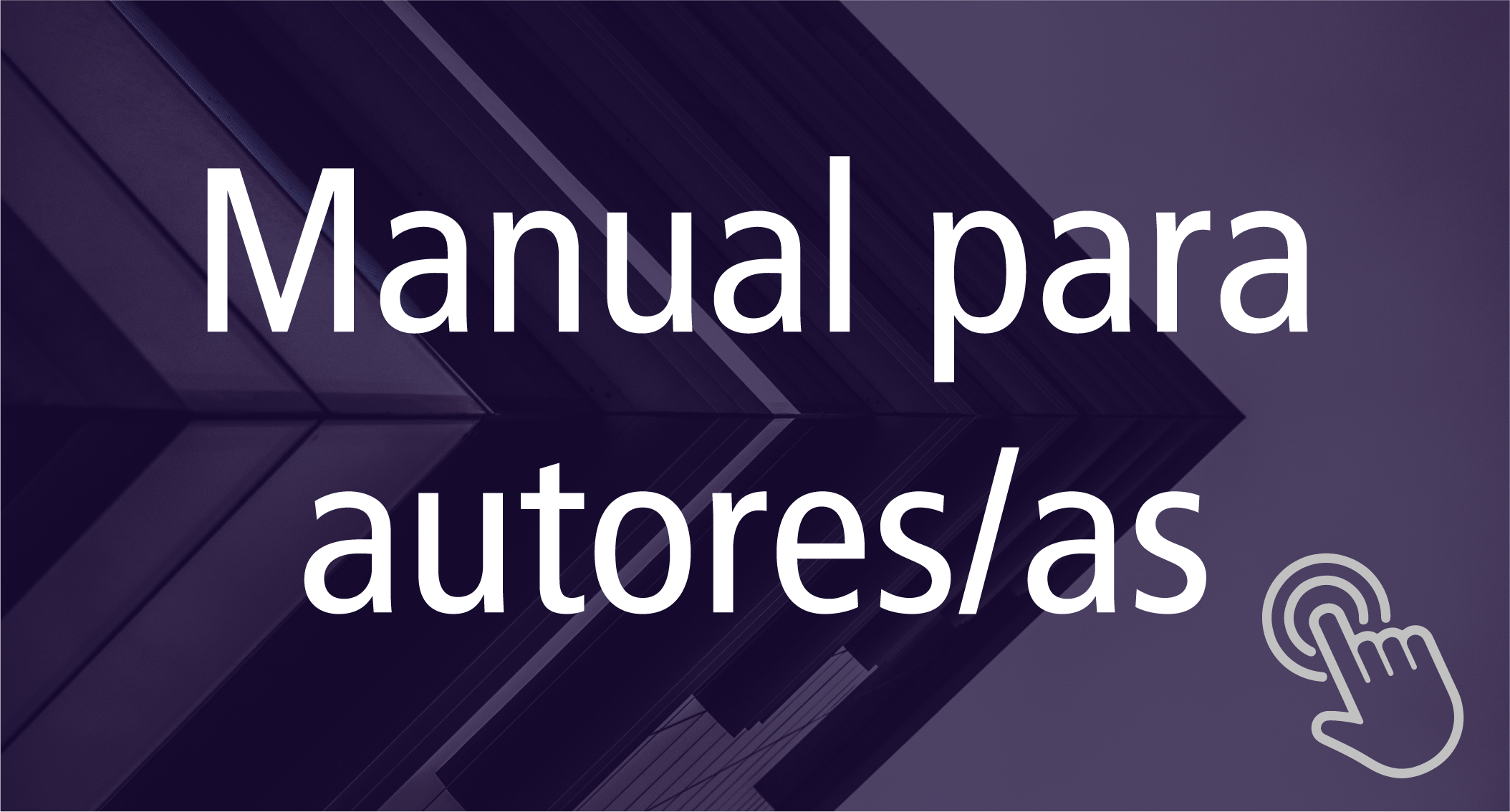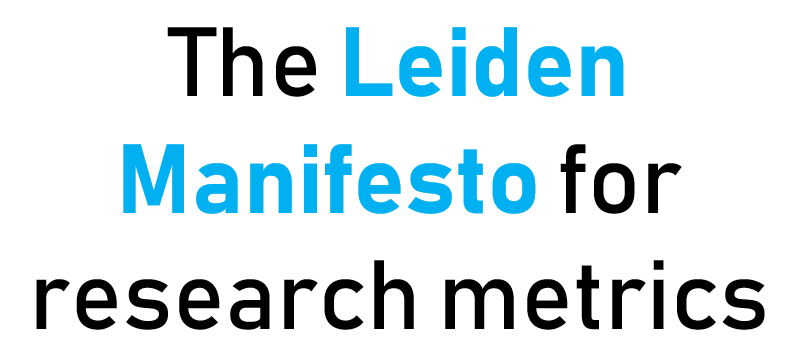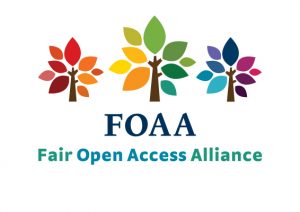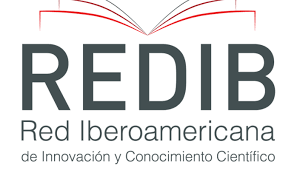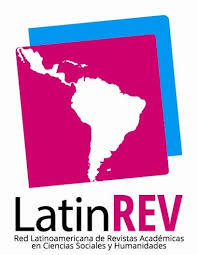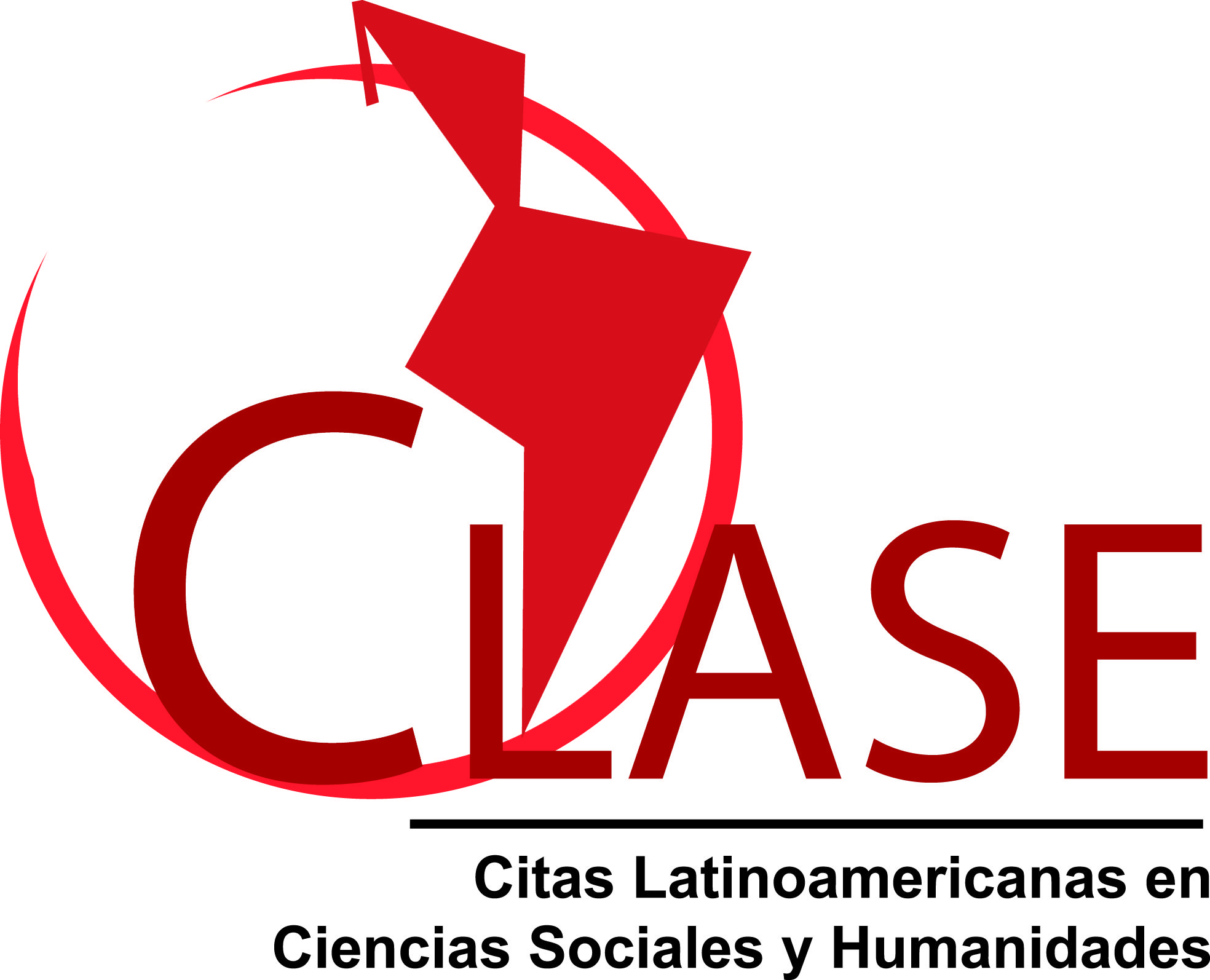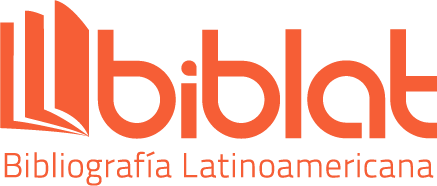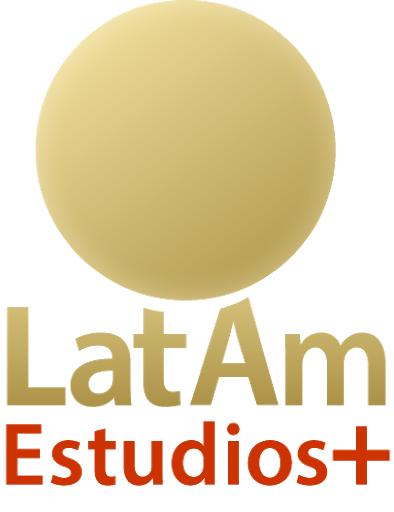As mascotes no Sistema Familiar. Legitimidade, Formação e dinâmicas das famílias humano-animal.
DOI:
https://doi.org/10.24215/2422572Xe036Palavras-chave:
animal de companhia, dinâmica familiar, família, pets, teoria sistêmicaResumo
Ainda que o mascote segurado tenha se intensificado, não se trata de um fenômeno do pós-humanismo, senão que provem da pré-história. Os recentes aumentos nesta prática parecem depender de uma mudança geral de atitude para com os animais. Atualmente, as mascotes aparecem como uma característica onipresente na vida familiar ocidental, e a Teoria Sistêmica resulta em uma destacada perspectiva para seu estudo. Converter animais em família implica um processo bidirecional onde este tem um rol ativo. As mascotes desempenham funções compartilhadas e particulares, adequando-se as demandas de cada etapa familiar y contribuindo as duas funções básicas das famílias: manter a coesão favorecendo o desenvolvimento. Os animais têm também um rol estabilizante e dinâmico, sendo particularmente importantes durante as crises, e podendo desestabilizar o sistema ao ausentar-se. Finalmente, é fornecida recomendações para que os clínicos possam incluir as mascotes no trabalho com famílias multiespécies.
Referências
Albert, A. y Bulcroft, K. (1988). Pets, families, and the life course. Journal of Marriage and the Family, 50(2), 543-552. https://doi.org/10.2307/352019
Allen, K. (1995). Coping with life changes and transitions: The role of pets. Interactions, 13(3), 5-8.
Allen, K. (2002). Cardiovascular reactivity and the presence of pets, friends, and spouses: The truth about cats and dogs. Psychosomatic Medicine, 64(5), 727-739. https://doi.org/10.1097/01.PSY.0000024236.11538.41
American Veterinary Medical Association [AVMA]. (2018). Pet ownership & demographic (2017-18). Recuperado a partir de https://www.avma.org/News/PressRoom/Pages/AVMA-releases-latest-stats-on-pet-ownership-and-veterinary-care.aspx
Augliere, B. (2016). Debate. Recuperado a partir de http://naturenews.disqus.com/
Beck, L. y Madresh, E. A. (2008). Romantic partners and four-legged friends: An extension of attachment theory to relationships with pets. Anthrozoös, 21(1), 43-56. https://doi.org/10.2752/089279308X274056
Belk, R. W. (1996). Metaphoric relationships with pets. Society & Animals, 4(2), 121-145. https://doi.org/10.1163/156853096X00115
Botigué, L. R., Song, S., Scheu, A., Gopalan, S., Pendleton, A. L., Oetjens, M., … Veeramah, K. R. (2017). Ancient European dog genomes reveal continuity since the Early Neolithic. Nature Communications, 8(1), 16082. https://doi.org/10.1038/ncomms16082
Bovisio, M., Cicuttin, G., Fracuelli, M. C., González, B. B., Lencinas, O. E., Mestres, N., … Marcos, E. R. (2004). Características de la convivencia humano-animal en la CABA y su relación con la prevención de zoonosis. Buenos Aires: Instituto de Zoonosis Luis Pasteur.
Bowen, M. (1966). The use of family theory in clinical practice. Comprehensive Psychiatry, 7(5), 345-374. https://doi.org/10.1016/S0010-440X(66)80065-2
Bowen, M. (1978/1993). Family therapy in clinical practice. Maryland: Jason Aronson.
Bowlby, J. (1969/1998). El apego y la pérdida 1: El apego. Barcelona: Paidós.
Cain, A. O. (1985). Pets as family members. Marriage & Family Review, 8(3-4), 5-10.
Ceberio, M. R. (1994). Ciencias modernas, complejidad y psicoterapia. En G. Nardone y P. Watzlawick (Eds.), Terapia breve, filosofía y arte (pp. 13-34). Barcelona: Herder.
Ceberio, M. R. (2010). La nave de los locos. Buenos Aires: Teseo.
Ceberio, M. R. (2015). John Bowlby: Del psicoanálisis a la etología y la cibernética. En J. Bowlby, Vínculos afectivos (6.ª ed., pp. 1-8). Madrid: Morata.
Ceberio, M. R. (2017). El genograma. Quién soy y de dónde vengo. Madrid: Morata.
Ceberio, M. R. y Serebrinsky, H. (2011). Dentro y fuera de la caja negra. Buenos Aires: Psicolibro.
Charles, N. (2014). ‘Animals just love you as you are’: Experiencing kinship across the species barrier. Sociology, 48(4), 715-730. https://doi.org/10.1177/0038038513515353
Cohen, S. P. (2002). Can pets function as family members? Western Journal of Nursing Research, 24(6), 621-638. https://doi.org/10.1177/019394502320555386
Covert, A. M., Whiren, A. P., Keith, J. y Nelson, C. (1985). Pets, early adolescents, and families. Marriage & Family Review, 8(3-4), 95-108. https://doi.org/10.1300/J002v08n03_08
Cyrulnik, B. (1999). Autobiografía de un espantapájaros. Barcelona: Gedisa.
Díaz Videla, M. (2015). El miembro no humano de la familia: Las mascotas a través del ciclo vital familiar. Revista Ciencia Animal, 9, 83-98.
Díaz Videla, M. (2017). Antrozoología y la relación humano-perro. Buenos Aires: iRojo.
Díaz Videla, M. y Olarte, M. A. (2016). Animales de compañía, personalidad humana y los beneficios percibidos por los custodios. PSIENCIA. Revista Latinoamericana de Ciencia Psicológica, 8(2), 1-19. https://doi.org/10.5872/psiencia.v8i2.201
Díaz Videla, M. y Olarte, M. A. (2018). La psicología del vínculo humano-animal. Aportes de la psicología a la antrozoología y viceversa. En M. Díaz Videla y M. A. Olarte (Eds.), Antrozoología (pp. 1-21). Buenos Aires: Akadia.
Duncan, S. y Smith, D. (2006). Individualisation versus the geography of ‘new’ families. Londres: Families & Social Capital ESRC Research Group, South Bank University.
European Pet Food Industry Federation [FEDIAF]. (2017). Facts and figures. Recuperado a partir de http://www.fediaf.org/who-we-are/european-statistics.html
Falicov, C. (1991). Contribuciones de la sociología de la familia y de la terapia familiar al “esquema del desarrollo familiar”: Análisis comparativo y reflexiones sobre las tendencias futuras. En C. Falicov (Ed.), Transiciones de la familia (pp. 31-95). Buenos Aires: Amorrortu.
Faver, C. y Cavazos, A. (2008). Love, safety, and companionship: The human-animal bond and latino families. Journal of Family Social Work, 11(3), 254-271. https://doi.org/10.1080/10522150802292350
Galton, F. (1865). The first steps towards the domestication of animals. Transactions of the Ethnological Society of London, 3, 122-138. https://doi.org/10.2307/3014161
GfK. (2016). Pet ownership. Global GfK Survey. Recuperado a partir de https://www.gfk.com/fileadmin/user_upload/country_one_pager/AR/documents/Global-GfK-survey_Pet-Ownership_2016.pdf
Gimeno Collado, A. (1999). La familia: El desafío de la diversidad. Barcelona: Ariel.
Gray, P. B. y Young, S. M. (2011). Human–pet dynamics in cross-cultural perspective. Anthrozoös, 24(1), 17-30. https://doi.org/10.2752/175303711X12923300467285
Guéguen, N. y Ciccotti, S. (2008). Domestic dogs as facilitators in social interaction: An evaluation of helping and courtship behaviors. Anthrozoös, 21(4), 339-349. https://doi.org/10.2752/175303708X371564
Herzog, H. (2012). Los amamos, los odiamos y... Los comemos: Esa relación tan especial con los animales. Barcelona: Kairós.
Hirschman, E. C. (1994). Consumers and their animal companions. Journal of Consumer Research, 20(4), 616-632. https://doi.org/10.1086/209374
Hodgson, K. y Darling, M. (2011). Pets in the family: Practical approaches. Journal of the American Animal Hospital Association, 47(5), 299-305. https://doi.org/10.5326/JAAHA-MS-5695
Johnson, A. y Bruneau, L. (2019). Pets and relationships: How animals help us understand ourselves and our connections with others. En L. Kogan y K. Blazina (Eds.), Clinician’s guide to treating companion animal issues (pp. 173-191). Londres: Academic Press.
Kerr, M. y Bowen, M. (1988). Family evaluation. New York: Norton and Company.
Kim, J., LaRose, R. y Peng, W. (2009). Loneliness as the Cause and the Effect of Problematic Internet Use: The relationship between internet use and psychological well-being. CyberPsychology & Behavior, 12(4), 451-455. https://doi.org/10.1089/cpb.2008.0327
Leow, C. (2018). It’s not just a dog: The role of companion animals in the family’s emotional system (Tesis de maestría). University of Nebraska, Estados Unidos.
McConnell, A. R., Brown, C. M., Shoda, T. M., Stayton, L. E. y Martin, C. E. (2011). Friends with benefits: On the positive consequences of pet ownership. Journal of Personality and Social Psychology, 101(6), 1239-1252. https://doi.org/10.1037/a0024506
McGoldrick, M., Gerson, R. y Petry, S. (2008). Genograms: Assessment and intervention. New York: W. W. Norton & Company, Inc.
Minuchin, S. (1977). Familias y terapia familiar. Barcelona: Juan Granica.
Minuchin, S. y Fischman, H. C. (2004). Técnicas de terapia familiar. Buenos Aires: Paidós.
Nagasawa, M., Mitsui, S., En, S., Ohtani, N., Ohta, M., Sakuma, Y., … Kikusui, T. (2015). Oxytocin-gaze positive loop and the coevolution of human-dog bonds. Science, 348(6232), 333-336. https://doi.org/10.1126/science.1261022
O’Haire, M. (2010). Companion animals and human health: Benefits, challenges, and the road ahead. Journal of Veterinary Behavior, 5(5), 226-234. https://doi.org/10.1016/j.jveb.2010.02.002
Palmer, R. y Custance, D. (2008). A counterbalanced version of Ainsworth’s Strange Situation Procedure reveals secure-base effects in dog–human relationships. Applied Animal Behaviour Science, 109(2-4), 306-319. https://doi.org/10.1016/j.applanim.2007.04.002
Pittman, F. (1990). Momentos decisivos: Tratamiento de familias en situaciones de crisis. Buenos Aires: Paidós.
Poresky, R. H. y Hendrix, C. (1990). Differential effects of pet presence and pet-bonding on young children. Psychological Reports, 67(1), 51-54. https://doi.org/10.2466/PR0.67.5.51-54
Power, E. (2008). Furry families: Making a human–dog family through home. Social & Cultural Geography, 9(5), 535-555. https://doi.org/10.1080/14649360802217790
Prato-Previde, E., Spiezio, C., Sabatini, F. y Custance, D. M. (2003). Is the dog-human relationship an attachment bond? An observational study using Ainsworth’s strange situation. Behaviour, 140(2), 225-254. https://doi.org/10.1163/156853903321671514
Roseneil, S. y Budgeon, S. (2004). Cultures of intimacy and care beyond ‘the family’: Personal life and social change in the early 21st century. Current Sociology, 52(2), 135-159. https://doi.org/10.1177/0011392104041798
Sable, P. (2013). The pet connection: An attachment perspective. Clinical Social Work Journal, 41(1), 93-99. https://doi.org/10.1007/s10615-012-0405-2
Sanders, C. R. (1998). The canine-human «with»: Dogs, people, and public interaction. International Society for Anthrozoology, 16(1), 11-15.
Schvaneveldt, P. L., Young, M. H., Schvaneveldt, J. D. y Kivett, V. R. (2001). Interaction of People and Pets in the Family Setting: A life course perspective. Journal of Teaching in Marriage & Family, 1(2), 34-51. https://doi.org/10.1300/J226v01n02_03
Serpell, J. (1989). Pet-keeping and animal domestication: A reappraisal. Londres: Unwin Hyman.
Serpell, J. (1996). In the company of animals: A study of human-animal relationships. Cambridge: Cambridge University Press.
Serpell, J. y Paul, E. (2011). Pets in the family: An evolutionary perspective. En C. A. Salmon y T. K. Shackelford (Eds.), The Oxford handbook of evolutionary family psychology (pp. 298-309). Oxford: Oxford University Press.
Simon, F. B., Stierlin, H. y Wynne, L. C. (1988). Vocabulario de terapia familiar. Buenos Aires: Gedisa.
Simpson, M. G. y Keulyan, G. (2018). El perro como tutor de resiliencia en procesos de orientación y de TAA. En M. Díaz Videla y M. A. Olarte (Eds.), Antrozoología, multidisciplinario campo de investigación (pp. 58-71). Buenos Aires: Akadia.
Smart, C. y Shipman, B. (2004). Visions in monochrome: Families, marriage and the individualization thesis. The British Journal of Sociology, 55(4), 491-509. https://doi.org/10.1111/j.1468-4446.2004.00034.x
Turner, W. G. (2005). The role of companion animals throughout the family life cycle. Journal of Family Social Work, 9(4), 11-21. https://doi.org/10.1300/J039v09n0402
Vaillant, G. (2012). Triumphs of experience. The men of the Harvard Grant Study. Cambridge: Belknap Press.
Valadez Azúa, R. (2000). El origen del perro, primera parte (entre el lobo y el perro). Revista AMMVEPE, 11(3), 75-84.
Walsh, F. (2009). Human-Animal Bonds II: The role of pets in family systems and family therapy. Family Process, 48(4), 481-499. https://doi.org/10.1111/j.1545-5300.2009.01297.x
Zilcha-Mano, S., Mikulincer, M. y Shaver, P. R. (2011). An attachment perspective on human–pet relationships: Conceptualization and assessment of pet attachment orientations. Journal of Research in Personality, 45(4), 345-357. https://doi.org/10.1016/j.jrp.2011.04.001
Zilcha-Mano, S., Mikulincer, M. y Shaver, P. R. (2012). Pets as safe havens and secure bases: The moderating role of pet attachment orientations. Journal of Research in Personality, 46(5), 571-580. https://doi.org/10.1016/j.jrp.2012.06.005
Downloads
Publicado
Edição
Seção
Licença

Os autores que publicam neste periódico aceitam as seguintes condições:
- Autores mantém os direitos autorais e atribuir o direito de primeira publicação para a revista, com a obra registrada sob uma Licença de atribuição Creative Commons (CC-BY) , que permite que terceiros usem o que é publicado sempre que mencionarem a autoria do trabalho e a primeira publicação desta revista.
- Os autores podem fazer outros acordos contratuais independentes e adicionais para a distribuição não-exclusiva do artigo publicado na revista ESTA (por exemplo, incluí-lo em um repositório institucional ou publicá-lo em um livro), enquanto eles indicou claramente que o trabalho foi publicado pela primeira vez nesta revista.
- Autores são permitidos e encorajados a publicar seus trabalhos na Internet (por exemplo, em páginas institucionais ou individuais) antes e durante o processo de revisão e publicação, pois pode gerar alterações produtivas e maior e mais rápida difusão do trabalho publicado (ver The Effect of Open Access).

